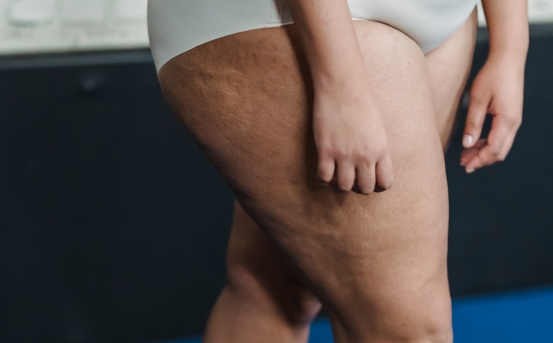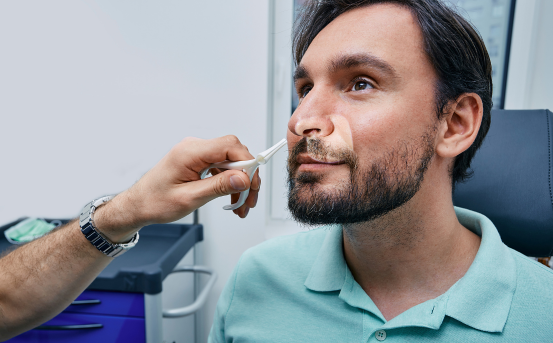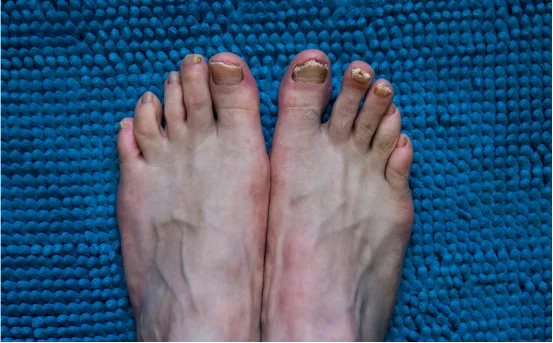Inner thigh lift surgery, medically known as medial thighplasty, has become increasingly popular among people looking to restore a firmer, more youthful appearance to their legs. But how do you know if you’re a good candidate for this procedure? Sagging skin on the inner thighs isn’t just a cosmetic concern it can affect your mobility, hygiene, and confidence.
While inner thigh lifts are often seen as a cosmetic enhancement, many people don’t realize that this surgery can also relieve real discomfort and improve mobility, hygiene, and overall quality of life. Whether you’re dealing with persistent skin chafing, sagging tissue after significant weight loss, or simply want to feel more confident in your clothes, recognizing the right symptoms can help you determine if you’re a candidate for this transformative procedure.
What Is Inner Thigh Lift Surgery?
Inner thigh lift surgery is a cosmetic surgical procedure designed to reshape and tighten the skin on the inner thighs. This procedure removes excess fat and sagging skin, resulting in smoother and better-proportioned thighs. It is especially beneficial for those who have lost significant weight or are struggling with skin laxity due to aging.
The surgery can dramatically improve leg contour, increase comfort during physical activities, and boost self-esteem.
Sagging or Loose Skin on the Inner Thighs
One of the most visible and common symptoms indicating the need for inner thigh lift surgery is excessive sagging or loose skin. This often occurs due to :-
-
Natural aging
-
Post-pregnancy body changes
-
Rapid or significant weight loss
Loose skin not only affects appearance but can also cause physical discomfort, especially when walking or exercising. If lotions, exercise, or non-invasive treatments haven’t provided results, surgery may be your most effective option.
Chafing or Skin Irritation
When the inner thighs rub against each other, especially in warm climates or during physical activity, it can lead to chronic chafing, redness, rashes, and even skin infections. This can make daily life uncomfortable and limit your choice of clothing.
Chronic friction is often a result of excess skin or fat, and an inner thigh lift can help reduce this problem by tightening the skin and improving thigh shape, thereby minimizing contact between the thighs.
Unwanted Fat Deposits That Don’t Respond to Diet or Exercise
If you’re dealing with stubborn fat deposits on your inner thighs that don’t go away even with regular exercise and a balanced diet, it might be time to consider surgical options.
An inner thigh lift can be combined with liposuction to remove excess fat while simultaneously tightening the skin. This dual approach helps achieve a sleeker and more toned appearance that’s often not possible through non-surgical means.
Difficulty Wearing Certain Types of Clothing
Many individuals with sagging or bulky inner thighs struggle to wear fitted pants, leggings, or swimwear comfortably. The excess skin or fat may create bulges or folds that are visible under clothing, leading to self-consciousness or frequent wardrobe changes.
If your thigh contour is preventing you from enjoying your clothing choices, or if you avoid certain outfits altogether, this could be a strong indicator that you might benefit from an inner thigh lift.
Loss of Skin Elasticity After Weight Loss
After a major weight loss transformation either through diet, exercise, or bariatric surgery—it’s common to be left with loose and hanging skin around the thighs. While weight loss improves your overall health, excess skin can be a frustrating and demotivating side effect.
In such cases, a thigh lift can complete your weight loss journey, giving your body the shape and tone you’ve worked hard to achieve. It also helps prevent hygiene issues and skin infections caused by excess skin folds.
Visible Cellulite or Skin Wrinkling
While cellulite is not harmful, its appearance can be exacerbated by loose, sagging skin. Similarly, wrinkles or crepe skin texture on the inner thighs may become more pronounced with age or weight changes.
Thigh lift surgery can tighten the skin and improve surface smoothness, making cellulite and wrinkles less noticeable. This can lead to enhanced skin tone and a more youthful leg profile.
Self-Image and Confidence Issues
Your mental and emotional well-being matter. If you’re consistently feeling insecure about the way your thighs look, avoiding social situations like beach outings or gym sessions, or even hesitating to look at yourself in the mirror these are signs that your body image is affecting your quality of life.
Undergoing an inner thigh lift surgery can be a transformative step toward improved self-esteem, allowing you to feel comfortable in your body again.
Difficulty Maintaining Proper Hygiene
Excess folds of skin on the inner thighs can create an environment prone to bacterial or fungal infections, especially in humid conditions. These issues may include :-
-
Frequent rashes or redness
-
Foul odor
-
Moisture retention
-
Recurrent skin infections
In such cases, an inner thigh lift can help eliminate problem areas, allowing for easier cleaning, better airflow, and reduced risk of infections.
Limited Mobility or Discomfort During Movement
Some people with significant inner thigh laxity find it difficult to walk, run, or even sit comfortably. Excess skin may interfere with movement, cause imbalance, or lead to skin pinching during certain motions.
If your thigh area is impairing your ability to move freely, you may be a candidate for inner thigh lift surgery, which can restore both function and form.
Who Is a Good Candidate for Inner Thigh Lift Surgery?
You may be a good candidate if you :-
-
Are physically healthy and at a stable weight
-
Have realistic expectations about the outcome
-
Do not smoke (or are willing to quit before and after surgery)
-
Are experiencing any of the symptoms mentioned above
A consultation with a board-certified plastic surgeon will help determine if you’re the right fit for the procedure. The surgeon will assess your thigh structure, skin quality, and overall goals to recommend the best approach.
Recovery and Results: What to Expect
Inner thigh lift surgery typically requires 1–2 weeks of downtime, depending on the extent of the procedure. Post-operative care includes:
-
Wearing compression garments
-
Limiting strenuous activity
-
Keeping the incision site clean
-
Managing swelling and bruising
Results are usually long-lasting, especially if you maintain a stable weight and healthy lifestyle. Most patients report a dramatic improvement in thigh shape, skin tone, and comfort.
Conclusion
Inner thigh lift surgery is more than just a cosmetic enhancement it can relieve discomfort, improve mobility, and restore your confidence. If you’re struggling with loose skin, persistent fat, or hygiene issues in your thigh area, these symptoms may be telling you it’s time to explore surgical options.























